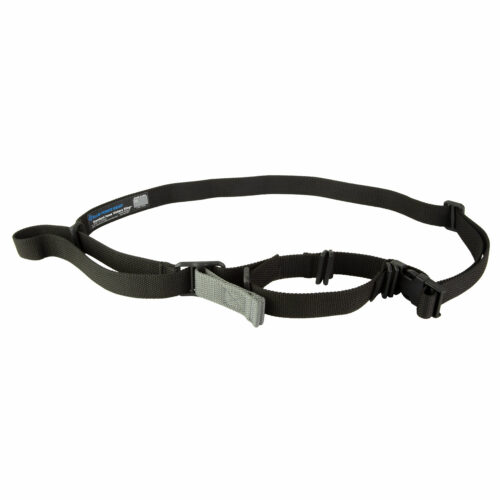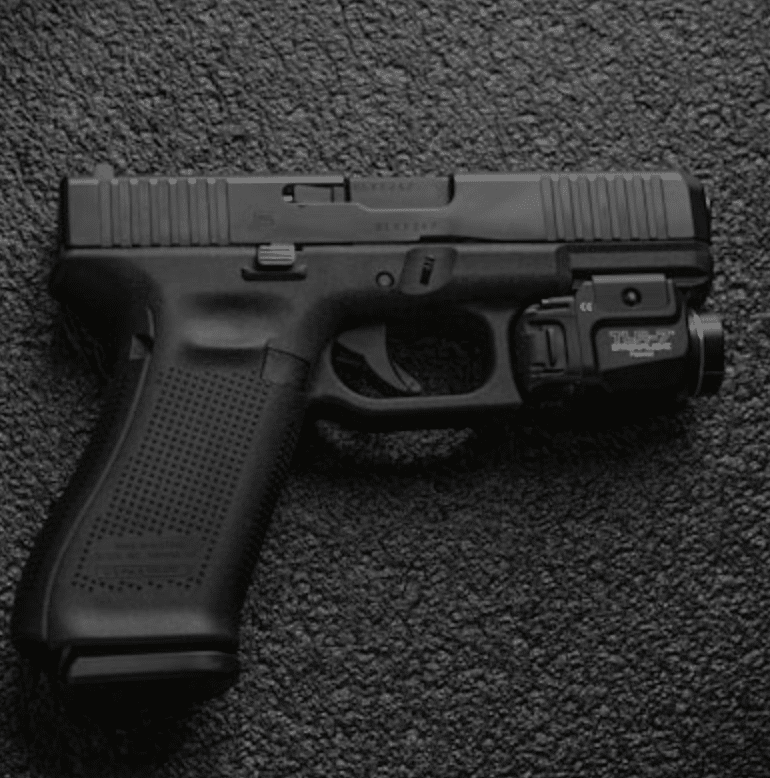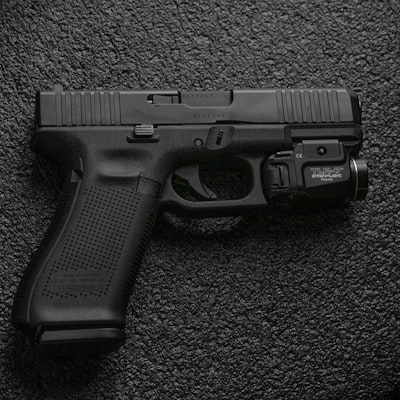Guide to Sig Sauer M18 Parts: Identification, Maintenance, and Replacement
Welcome to our comprehensive guide on Sig Sauer M18 parts! Whether you’re a seasoned gun enthusiast or a beginner looking to learn more about your Sig Sauer M18, this blog post is designed to provide you with the knowledge you need for identifying, maintaining, and replacing key components of this popular firearm.
In this guide, we will delve into the intricate details of the Sig Sauer M18, exploring its slide assembly components, frame components, barrel, recoil spring, magazine parts, and more. Understanding these parts is crucial for not only enhancing your shooting experience but also for ensuring the longevity and performance of your firearm.
So, grab your Sig Sauer M18 and join us on this informative journey as we explore the world of Sig Sauer M18 parts – from identification to maintenance and replacement. Let’s dive in!
Understanding the Sig Sauer M18: An Overview
The Sig Sauer M18 is a compact, striker-fired pistol that has gained significant popularity among firearms enthusiasts, law enforcement agencies, and military personnel. Developed as the service pistol for the United States military, the M18 offers a reliable and accurate shooting experience in a compact package.
History of the Sig Sauer M18
To fully appreciate the Sig Sauer M18, it’s essential to understand its origins. The M18 is derived from the P320 series, which was first introduced by Sig Sauer in 2014. The P320 gained recognition for its modular design, allowing users to easily swap frames, slides, and calibers to fit their specific needs.
In 2017, the United States Army announced the selection of the Sig Sauer P320 as its new Modular Handgun System (MHS), which would replace the aging Beretta M9. The P320 variant chosen by the military was designated as the M17, which featured a full-size frame and slide.
Building upon the success of the M17, Sig Sauer introduced the M18 as a more compact version of the M17. The M18 was specifically designed to meet the requirements of the U.S. Army’s Compact Handgun Program and is often referred to as the “Compact MHS.”
Key Features of the Sig Sauer M18
The Sig Sauer M18 boasts several notable features that contribute to its popularity and performance. Here are some key features you should be familiar with:
- Size and Weight: The M18 features a compact size, making it suitable for concealed carry or those with smaller hands. Its overall length is approximately 7.2 inches, with a height of 5.5 inches. The weight of an unloaded M18 is approximately 28 ounces.
- Caliber Options: The M18 is chambered in 9x19mm Parabellum, offering a balance between recoil management and magazine capacity. It utilizes a double-stack magazine with a standard capacity of 17 rounds.
- Striker-Fired Design: The M18 utilizes a striker-fired system, providing a consistent trigger pull and reducing the complexity of external safeties. This design contributes to improved accuracy and ease of use.
Understanding the key features and design elements of the Sig Sauer M18 sets the foundation for further exploration of its parts, maintenance, and replacement procedures. Now that we have a solid overview of the M18, let’s dive into the identification of its various components.
Identifying Key Sig Sauer M18 Parts
To effectively maintain and replace parts on your Sig Sauer M18, it is crucial to have a clear understanding of the various components that make up this firearm. In this section, we will explore the key parts of the M18, including those found in the slide assembly, frame, barrel, recoil spring, and magazine.
Slide Assembly Components
- Slide: The slide is the upper portion of the M18 and houses the barrel and recoil spring. It plays a critical role in cycling the firearm.
- Barrel: The barrel is the cylindrical tube where the projectile travels through upon firing. It features high-quality steel and features rifling to improve accuracy.
- Recoil Spring: Located within the slide, the recoil spring absorbs the energy generated by firing the M18, allowing the slide to cycle and reposition for the next shot.
- Extractor: The extractor is responsible for gripping the spent casing and pulling it out of the chamber during the ejection process.
- Firing Pin: The firing pin strikes the primer of the cartridge, igniting the gunpowder and propelling the bullet forward.
- Sights: The M18 typically has SIGLITE night sights, which provide enhanced visibility in low-light conditions. These sights aid in aiming and target acquisition.
Frame Components
- Frame: The frame forms the lower portion of the M18 and serves as the foundation for all other components. It houses the trigger assembly, magazine well, and grip.
- Trigger Assembly: The trigger assembly includes the trigger, trigger bar, sear, and other internal parts responsible for engaging the firing mechanism.
- Magazine Well: The magazine well is the opening where the magazine fits into the frame. It securely holds the magazine in place during firing.
- Grip: The grip is the part of the frame that the shooter holds. It provides a comfortable and secure hold, ensuring proper control and stability.
Barrel and Recoil Spring
- Threaded Barrel (Optional): Some variants of the Sig Sauer M18 may feature a threaded barrel, allowing for the attachment of suppressors or other muzzle devices.
- Recoil Spring Guide Rod: The recoil spring guide rod holds the recoil spring in place and helps guide its movement during the cycling process.
Magazine Parts
- Magazine Body: The magazine body is the main component that houses the ammunition. It typically has a staggered or double-stack design to maximize capacity.
- Follower: The follower is a component within the magazine that pushes the cartridges upward as they are fed into the chamber.
- Baseplate: The baseplate is located at the bottom of the magazine and provides a solid foundation for the magazine, as well as a surface for the shooter to push against when inserting or removing the magazine.
Identifying these key parts is essential for effective maintenance, troubleshooting, and replacement procedures.
Conclusion
In conclusion, our guide to these parts provides essential knowledge for enthusiasts of all levels. We cover identification, maintenance, and replacement of key components such as slide assembly, frame, barrel, recoil spring, and magazine parts. Whether exploring its history or identifying components, our concise guide serves as a valuable resource. With this knowledge, users can confidently maintain and replace parts, maximizing their Sig Sauer M18’s performance and longevity.













